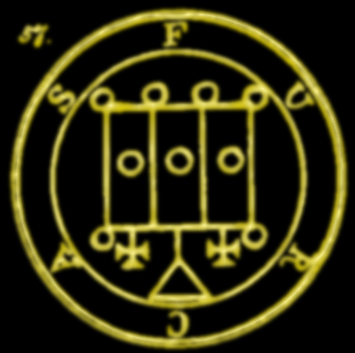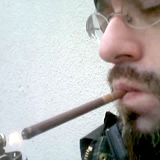This one time I was headfirst up past my shoulders in the guts of one of the most overdesigned inkjet printers it has ever been my distinct lack of joy to service. Imagine a set of steady streams of pulsed fifteen-micron drops from six nozzles with ten-micron diameters with a tuned timing system to put static electrical charges on each every drop that’s intended to not hit the page, being deflected by a magnetic field and hitting a knife instead and draining into a waste bottle, while the droplets that are selected for the page have to hit a rotating cylinder of specially coated paper that’s doing 500 revolutions per minutes for reasons I can’t clearly comprehend….
Of course these things are popular as medical imaging systems, so it’s pretty important to make sure all the dots that the doctors are looking at are actually part of the image and not just some random blob from a malformed droplet or whatever. This means I spend most of my time driving to hospitals, or sometimes flying to hospitals, trying to sync up with an overnighted box of parts to swap out, with the climax being wrapped up in a pair of too-hot coveralls and performing messy surgery on patients no less delicate and stringy with goo-filled tubes and squidgy on the inside than the human patients down the hall in surgery. Except my insurance is cheaper.
Only much of the time the problem is with the computer that’s attached and sending the images to the printer, so I have to be up on every ancient and esoteric piece of crap that’s ever made one of these printers work — plus whatever latest and greatest sleek and evil monster looked good in the glossy brochure that they hope will work but in fact no one bothered to check.
But the point I’m building up to is that machines that are this sensitive are sensitive to lots of things. And you’d be surprised how many calls I get where I have to ask, “Really? Tell me, do you know if the MRI machine was doing a scan at the time? Yeah, I know it’s in the other corner of the building in a shielded room, but can you check anyway?” And frequently it’s not in another corner of the building, because you tend to want the printer for the imaging equipment to be somewhere near the imaging equipment. Especially if you leave that up to a space planner instead of anyone with any familiarity at all with an MRI scanner. Also, shielding tends to be retrofitted by whoever was the lowest bidder.
But there’s this place I keep going back to, and yes they have an MRI, and yes it’s almost certainly an issue, but I can’t see how it would be the kind of issue that causes the things I keep getting called out there to fix. I’ve climbed into and out of their printer maybe a hundred times, replacing the firmware (and the chip it resides on), various control boards, power supplies, cabling and connectors, you name it. I’ve reinstalled the software on their controlling computer. I’ve carried image files back to the office to make sure it’s not how the files are being rendered.
On the lighter areas of the prints, where fewer of these fifteen-micron dots hit the spinning paper, they’re pointing out faint but definitely recognizable images of faces. Or occasionally abstract and unrecognizable shapes. Sometimes words or fragments of words. I print these files elsewhere and it’s just noise. I print them a second time on this machine, the one I just climbed out of, and I get a different face, or maybe a sheep’s head, or a skyline from an unfamiliar city.
I’m familiar with pareidolia — and I can admit I only know the name of it because of this damn printer. The tendency to see faces or other recognizable shapes in clouds or woodgrain or a grilled cheese sandwich…. But I don’t see this stuff nearly as much coming off of other printers. And when they’ve mailed me prints, I see the same things elsewhere, under normal office lighting, under incandescent bulbs in my house, outside in the sun.
In order to prevent moire patterns, the imaging software uses a stochastic process — random dots rather than a set pattern — to fill in areas that need fewer dots than solid ink coverage. It’s mathematically possible that any individual print could have accidentally built some kind of image in the noise, just really really really really unlikely. Like winning several lotteries in a row kind of unlikely.
After I climbed out of the printer, I grabbed the sheaf of suspect prints they’d been collecting and headed up to a board room where I could spread things out on a table. All of the faces I collected in one section, bodies and animal shapes went into another pile, landscapes and abstracts made another stack, and then I spread out the words and word fragments. There were about thirty prints in that stack, and I moved them around trying to see if I could make them makes sense as a sentence or a message. And I kind of did:
DA NGE R WOR LD END COM ING DO NT WORR Y WE G OT TH IS
And then I snorted and put that stack away. But I never did find any other patterns in what was coming up in the noise.
[*]






